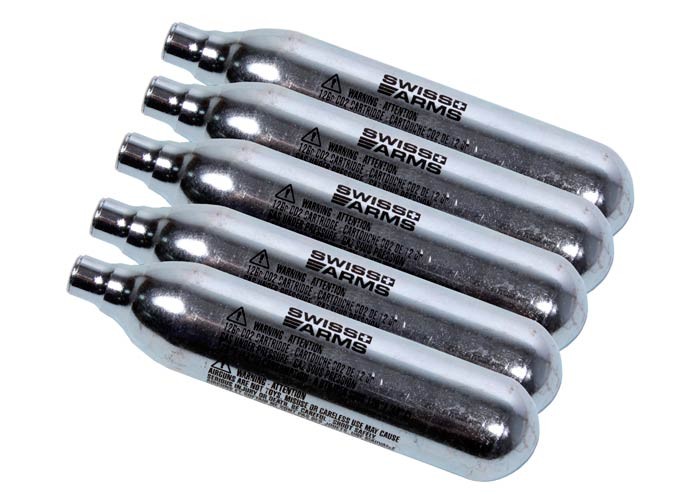A Novice's Expedition: Choosing Your First Paint Ball Cylindrical Container & Gun
Embarking on the paintball journey can be an exciting experience, particularly as it relates to selecting your initial paintball cylinder and marker. With a vast range of options available, grasping the essentials will not only enhance your gameplay and also ensure you enjoy every moment on the field. Whether you're drawn to a fast-paced excitement of speedball or the strategic challenges of woodsball, knowing what features and equipment to look for is crucial for every beginner.
Within this guide, we will explore the optimal strategies for choosing a paintball marker and tank that fit your individual style and gameplay preferences. From discussing the differences among CO2 and HPA tanks to comparing electronic and mechanical guns, we will provide the reader with the knowledge necessary to make well-founded decisions. As a team, let's navigate the world of paintball equipment, making sure you start your adventure fully equipped and prepared to dominate the field.
Selecting Your Initial Paintball Gun
While selecting your first paintball gun, it's essential to take into account your style of play and the kind of paintball games you intend to join. Various guns are designed for varied environments, including speedball or woodsball. For beginners, you may prefer to start with a marker that provides versatility, allowing you to explore different playing styles without being restricted to one particular type. Find a gun that is beginner-friendly and highly rated by other novices to guarantee a seamless entry into the sport.
One of the main factors to consider is whether you prefer an electronic or mechanical paintball gun. Electronic guns tend to provide faster shooting rates and more customization features, making them appealing for competitive play. On the flip side, mechanical guns are often more reliable and easier to maintain, which can be a major plus for beginners who may not yet grasp all the intricacies of paintball technology. Weigh the benefits and drawbacks of each type to decide which is more suitable with your needs.
In addition to the type of gun, you should also be mindful of features such as weight, size, and ease of maintenance. A lighter gun will be more manageable during long games, while a smaller size can make movement better. Furthermore, select a gun that is easy to clean and maintain; this is particularly important for beginners who might be overwhelmed by complex maintenance routines. With a plethora of options available, doing thorough research and trying out a few guns in person, if possible, will significantly improve your decision-making process.
Deciding on the Appropriate Paintball Tank
As you select a paintball tank, the initial decision to make is between CO2 and high-pressure air tanks. Carbon dioxide tanks are generally cheaper and can be more convenient to obtain, making them a popular choice for beginners. However, CO2 is responsive to temperature fluctuations, which can affect performance. On the other hand, HPA tanks provide a consistent air pressure, resulting in enhanced shot accuracy and performance, especially in changing temperatures. For serious players who value performance, an HPA tank is typically the superior option.
Next, evaluate the tank size and weight that fits your playing approach. 12 gram CO2 cartridges come in different sizes, typically measured in cubic inches. A larger tank provides greater shot capacity per fill but can also be heavier and more cumbersome. If you're playing speedball, you may like a more compact, lighter tank for mobility. Conversely, in 12 gram CO2 cartridges , the extra shots from a larger tank might be advantageous. It's important to assess how each type of tank will impact your comfort and effectiveness on the field.
Finally, ensure that you look for a tank with safety traits like a built-in regulator for steady airflow and a pressure gauge to monitor air pressure. These features improve your overall enjoyment during gameplay. Routine maintenance is also crucial, so familiarize yourself with how to prolong the life of your tank by checking for issues, understanding pressure limits, and making sure that the tank is checked regularly. Selecting the right tank not just enhances your performance but also increases your confidence while playing.
Upkeeping Your Paintball Equipment
Ensuring your paintball gun and tank in optimal working condition is essential for a great game day. Regular maintenance not only extends the life of your equipment but also guarantees that you perform at your peak on the field. Start by adhering to the manufacturer's guidelines for cleaning and maintenance, which usually require taking apart the gun to clean the barrel and internal components. Pay close attention to the o-rings, as they can wear out and cause leaks or malfunctions.
For your paintball tank, it's crucial to inspect it regularly for any signs of damage or wear. Check for scuffs, dents, or any signs of rust on the tank's surface. Ensure that the regulator is functioning well, as it manages the airflow to your gun. If you see any inconsistencies or leaks, it's recommended to have the tank inspected by a professional or replace it if required. Maintaining suitable pressure levels and avoiding the tank from extreme temperatures will help protect its integrity.
Finally, maintaining your paintball hopper and other accessories is also crucial. Paint residue can gather in the hopper, impacting its performance and causing jamming issues. Make sure to clean these components after use, and store them in a chilly, dry place to prevent moisture buildup. By committing to a regular maintenance routine, you ensure your paintball gear stays in excellent shape and ready for your future adventure.
